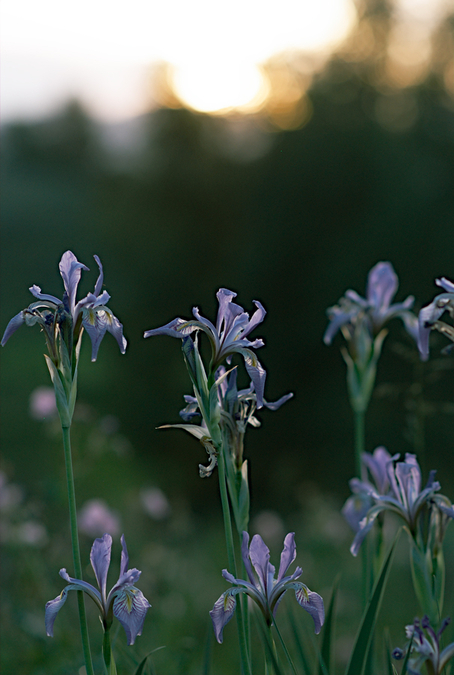I have wondered about their sensors. Are they as good as they were reputed to be? I loved the idea of having specific sensor sites to capture info on bright areas of the image to improve dynamic range. I presume later Fuji sensors are even better given the technology we have now. But the earlier Fuji range did have a great reputation especially for portraits / skin tones and dynamic range.
Just saw this. Everybody has an opinion, but, for me, yes, I'd say they (the proprietary Super CCD sensor Fuji used up through the S5Pro) was every bit as good as it was reputed to be--or better. You can do an internet search and dig up a lot of details, but the dynamic range was a couple of stops better than anything else at the time, and wasn't equaled or bettered until fairly recently.
But, it was much more than dynamic range. There was never anything I could ever do with a RAW file from the D800E, no matter how I processed it, which could equal the color fidelity and depth from the old Fuji sensor. It was also more than just the difference between CCD and CMOS 'look'.
Many people just used jpegs out of the camera as there were many ways these could be configured, and they were beautiful, and easy. Skin tones, perhaps equaled--and I'm not sure about that--but never surpassed IMO.
But, the real secret of the camera were the RAW files. If you used the right RAW converter, they were really, really rich files, easier to work with without falling apart than a lot of more modern cameras with twice the resolution. Fuji's RAW converter worked well, but they quit updating it a long time ago, so pretty useless now. ACR is okay, but doesn't really get everything out of the files that is there. Most people say to use RPP for best results. Learning curve, (kind of big learning curve) but well worth it. That's only way to go, IMO. And, it's free.
Lots of downsides, of course, one had to be willing to live with. Stone age LCD so you never realize how great the files are until you download them. Keep ISO at 400 or below, base ISO the best. Jpeg options are many and confusing, at first. 8X10 print at 300ppi is about as big as you can go. If you're willing to live with that ( I am) it's still a wonderful camera today. In some ways, maybe most ways, I prefer the files from the Super CCD sensor to those from my RX1-which creates superb files, and the D800E I had. My only Leica digital experience was a week with an M-E, so good possibility I wasn't maximizing those, but I preferred the Fuji files from the S5 Pro. Too bad it's a crop sensor that doesn't produce huge files, but, most of the time, they are plenty big enough.
My ideal camera would have a full frame version of this sensor, with maybe 18MP.
For the qualities I look for in a photo, the new Fuji sensors are a significant step backward, very different from the SuperCCD. But, if the market dictates high MP counts and high ISO capability in place of the visual qualities of the old sensor, I guess they had no choice.
YMMV
🙂





